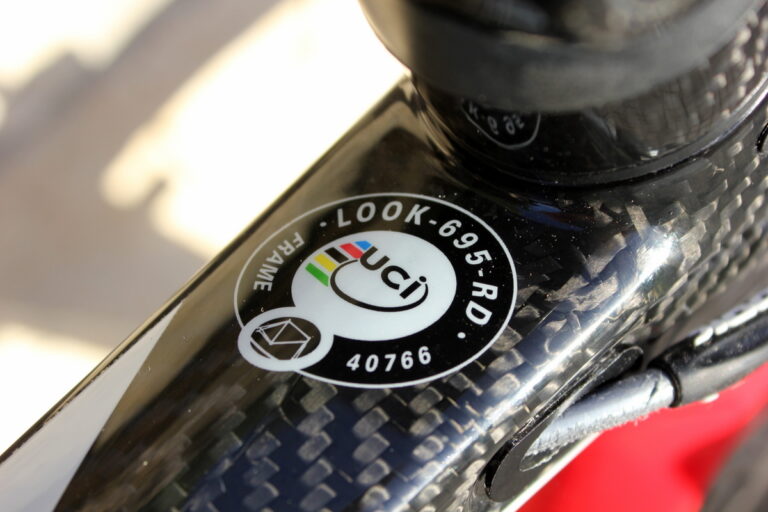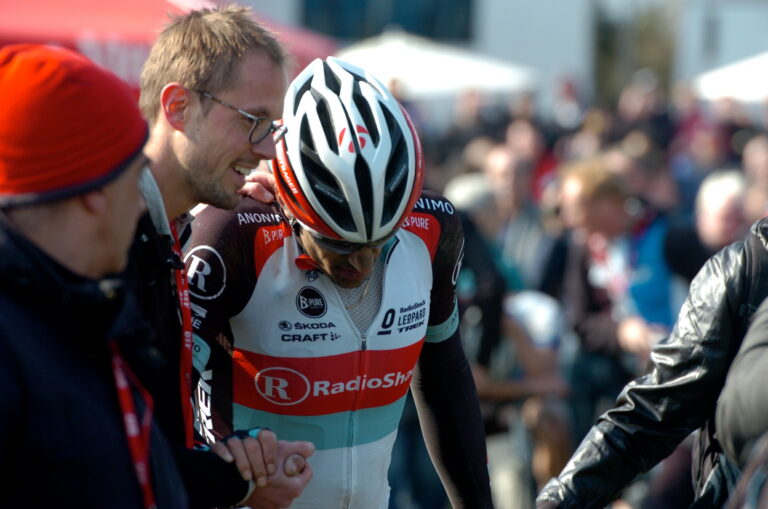With March upon us, the change of the clock imminent, and events like the Wiggle Cheshire Cat and Endura Lionheart imminent, our thoughts this month have focussed on all things ‘sportive’.
Spring sportives, in the UK at least, can be beset with, ahem, challenging conditions. The current freezing temperatures are a reminder that March offers no guarantee of better weather.
So what does the smart sportive rider wear to an early-season event? We checked in with three clothing experts to find out. Andy Storey is one half of Prendas Ciclismo, David Whild is the man in the south west for Endura, while C3 Products’ Paul Whitfield is responsible for Sportful clothing in the UK.
Windy conditions

A gilet is your best friend on windy days, says Storey, ideally with a chest panel from Gore’s Windstopper fabric. He also speaks in favour of the humble cotton cap as a simple, inexpensive way of keeping the head warm and protecting the eyes. For Whild, layering is the key to riding comfortably in any conditions, and warns that, when battling the wind, riders need to be aware of “allied” conditions: “Is it windy and warm? Windy and wet? Windy and cold?”. Whitfield recommends jackets and gilets where only the front is made from windproof material, and where the back is made from a more breathable fabric, such as a Roubaix. Overheating leads to sweat saturation, he says, which can in turn lead to chills, defeating the purpose of a windproof garment.
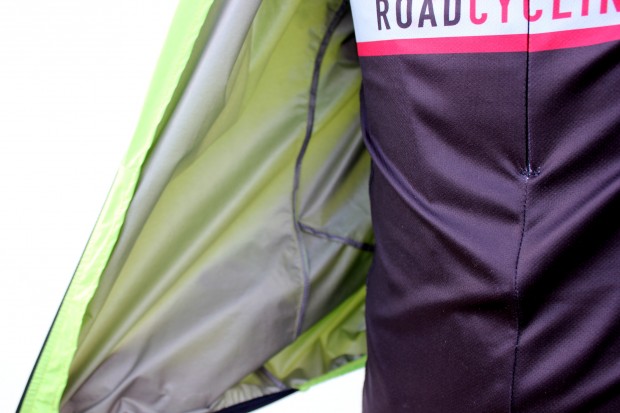
The backs of windproof gloves are likely to be made from the same fabric as windproof jackets, says Whild, and to be lighter and less insulated than a deep winter glove. Whitfield flags up the greater dexterity offered by an “intermediate” glove over its deep winter equivalent, but warns against braving sub zero temperatures in gloves that are too light (“Dexterity isn’t much use when you can’t feel your hands!”).
Overshoes with windproof side panels are likely to be a boon year-round, he adds. Whild concurs. “A lot of road shoes are open-mesh and vented – great in Californian sunshine and photo shoots,” he says. All our experts agree that, even in dry conditions, overshoes can prove their worth.
Wet conditions
A garment cannot be considered waterproof unless its seams are taped, says Whild. A stormproof jacket can be bulky and difficult to stow, but in the type of conditions for which such a garment is appropriate, you’re unlikely to want to take it off. Storey recommends Gore’s Paclite material, but warns that it isn’t cheap. Even the best jackets, if they are truly waterproof, are unlikely to be very breathable, he adds, and warns riders against expecting ‘miracles’ from such garments.
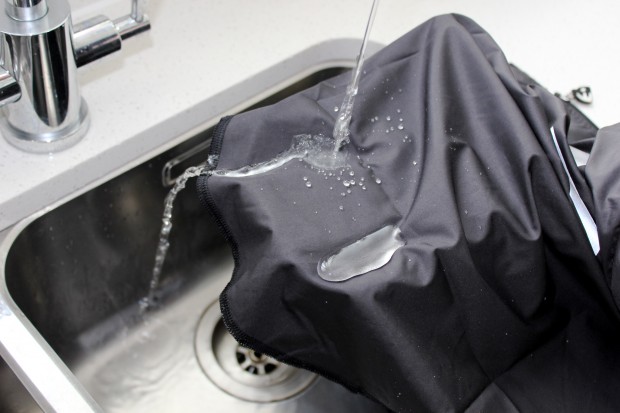
Gloves have many seams, making taping a real challenge. Many do an effective job by using multiple layers of fabric (“Think of it as a glove, within a glove, within a glove,” says Whild), one of which is likely to be a laminate membrane.
Neoprene is gaining in popularity as a fabric for gloves, because it can be bonded, rather than stitched, he adds. No stitching means no seams means no holes. The downside? They can be sticky when you pull them back on after a café stop.
Whitfield also speaks in favour of neoprene in overshoes, highlighting its waterproof and insulating properties. All three of our experts point out that an overshoe cannot be considered truly waterproof because of the cleat holes in the sole. Storey adds that a full set of mudguards will offer far more protection from road spray.
Freezing conditions
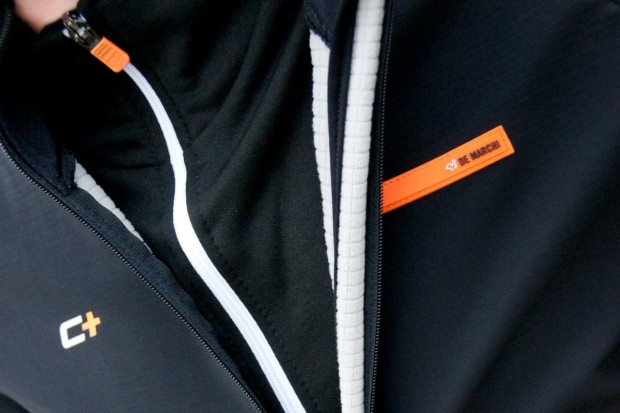
Surviving really cold weather starts with a base layer, says Storey: long-sleeved, and with a high neck, allowing the rider to remain warm, even if they have unzipped their outer layer for ventilation. A good quality base layer can be all you need beneath a wind or waterproof jacket, Whitfield adds, such are the gains that have been made by technical fabrics. Merino wool remains RCUK’s base layer fabric of choice on cold days, but personal preference, as with any garment, plays a part here. “I don’t like wool,” says Storey, “It makes me itch!”
Mid-layers are typically made from Roubaix, a fleecy polyester that traps air particles, much as a wetsuit traps water. A Roubaix-lined mid-layer can be worn on the coldest days with an windproof outer layer (beware overheating), or, more typically, with a softshell outer layer. Roubaix is commonly found in cold weather leg wear, too. Increasing numbers of manufacturers are making Roubaix-lined shorts to pair with similarly insulating knee or leg warmers.
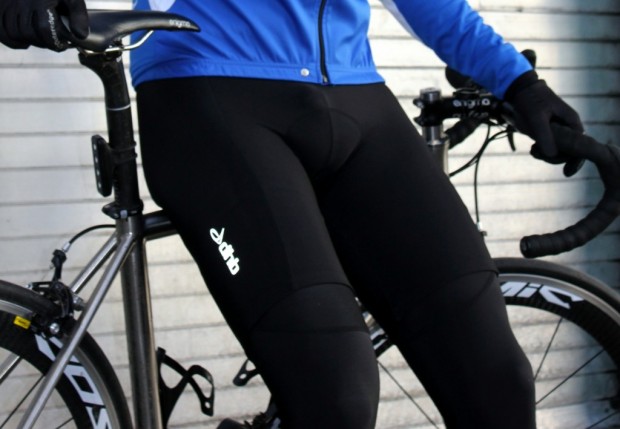
Hands can be chilled very quickly by very cold conditions. Deep winter gloves rely on insulating material to trap heat radiating from the skin and can be bulky, offering less ‘feel’ as a result. Storey recommends a slim ‘liner’ glove, typically made from fleecy Roubaix fabric, to wear beneath an intermediate glove. Sizing isn’t always an issue (logic dictates a larger outer glove to fit over the liner): Storey wears a medium in both liner and outer glove.
And for the feet? Whitfield wears an overshoe with a mix of windproof side panels and neoprene in the construction. Neoprene, he says, is an excellent insulator.
Warm conditions
It’s a rare occurrence, but one or two days each year, the sun shines on the UK, bestowing heat and light on a startled population. For the sake of this article, we’ll go crazy and assume that the early-season sportive ringed on your calendar will be held on a warm day. What should you wear in such freakish conditions?
A short-sleeved jersey is an obvious starting point, but Whild recommends a base layer, however light, in all but the hottest conditions to help moisture transfer and to keep wind off the chest. His preference is for a full-length zip and three rear pockets.

Increasingly, manufacturers are producing lightweight arm warmers, billed variously as arm screens or arm skins. Some have UV proofing properties for protection from the sun, others are simply made from a lighter weight fabric than their winter equivalents. “You don’t need a Roubaix arm warmer in 15 degrees,” says Storey.
He adds that checking the profile of a sportive can help a rider decide between a short-sleeve jersey with arm warmers or a long-sleeve jersey. “The event might start early in the morning, and if you’re riding all day the temperature could be wildly different at the start than at midday,” he says. “If it’s a particularly hilly sportive, perhaps on the Continent, you might be climbing for half-an-hour, in which case you’d possibly want to pull the arms down to the wrist.
Changeable conditions
The weather in the UK is famously changeable. An early-season sportive begun in rare and beautiful sunshine can be beset by showers and, should the sun disappear, falling temperatures. What to wear? “Most of the riding in this country, even on the best of days, can involve knee warmers, arm warmers, and gilet,” says Whild.
Whitfield concurs. While the few weeks of spring experienced this year have been closer to winter, and atypical when compared with previous years, knowing your kit is sufficiently adaptable to cope with the inevitable (we hope!) changing conditions, is a good feeling, he says.
“Packable items – jackets and gilets – the adaptability of arm and leg warmers,” Whitfield says, “these are certainly pieces to consider.” He recommends searching for items that not only offer protection from the elements, whether it be windproofing or water repellency, but which can also be rolled up and stashed in a jersey pocket.
Storey flies the flag for the gilet. “What are they, a couple of hundred grams in your back pocket?’ he says. “It’s not a bad overhead. We could all lose a couple of hundred grams!”



